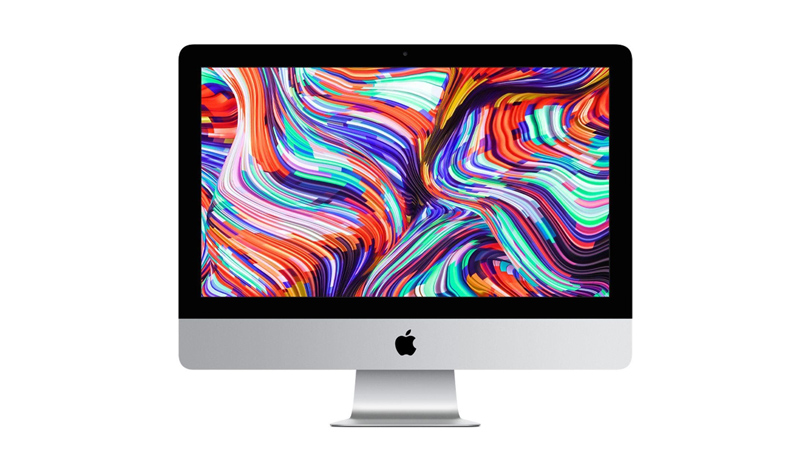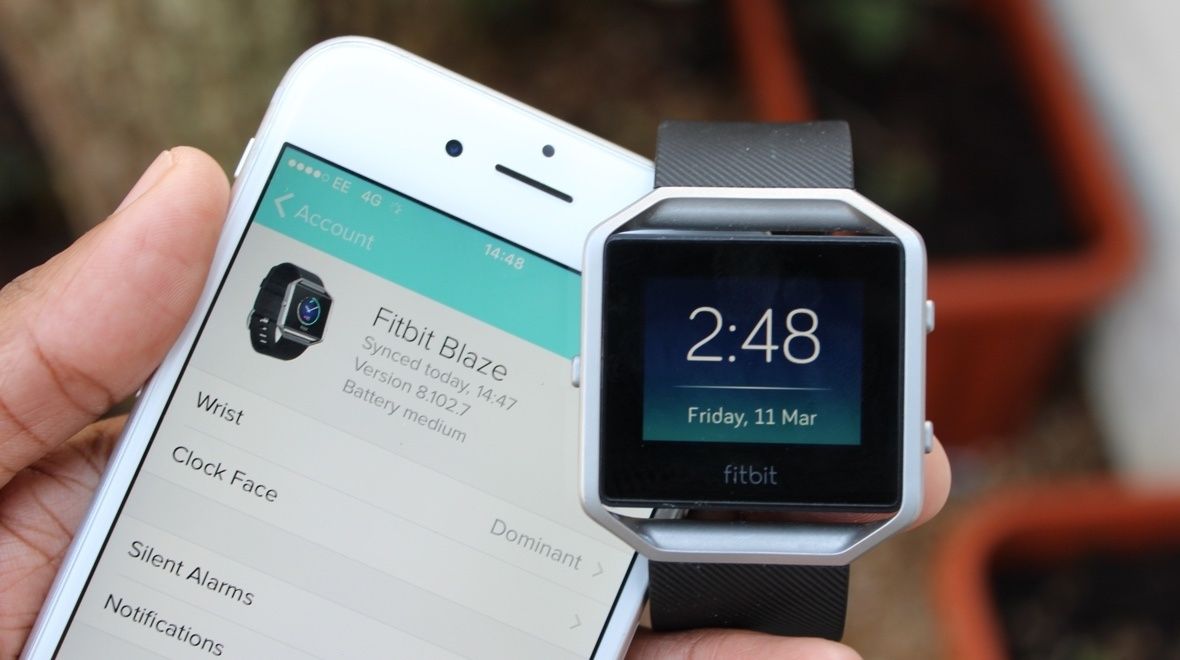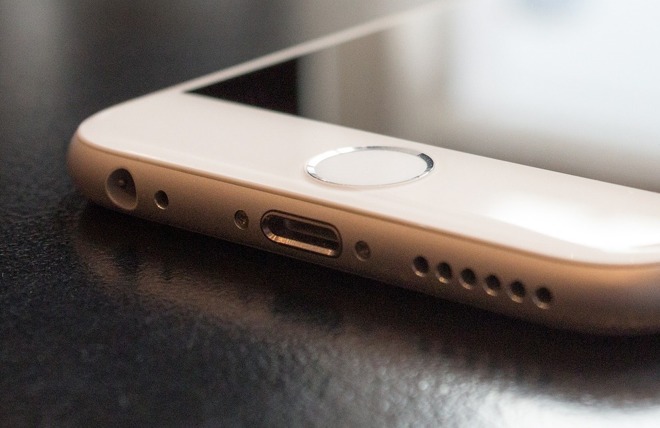In January, Sony sparked renewed interest in its Xperia smartphone line with the introduction of the Z, a sleek, ultra-thin handset with a staggering 1080p 5-inch display, waterproof casing, 13-megapixel camera with HDR video, and powerful quad-core Snapdragon S4 processor. But while the Z racked up accolades, its sibling, the Xperia ZL, got lost in its shadow. The ZL shares many of the same specs and features of the Z, but trades glass paneling for a rounded textured back and a slightly heftier design. Can the ZL stand on its own and, more importantly, compete with other heavyweights like the HTC One and Samsung Galaxy S4?
The answer, unfortunately, is decidedly no. While the ZL has inherited many of the Z’s strengths under the hood, the exterior design is unremarkable. The front features an edge-to-edge glass panel with a very thin bezel, while the back is encased in a textured plastic. While the white and red variants might help the ZL stand out, the design lacks any distinguishing flair. Although Sony has put a few small touches on the shell, like its Cylon-esque indicator light and mirrored silver trim on the sides, the Xperia ZL not only fails to separate itself from the deluge of similarly nondescript handsets on the market, it’s lightyears away from many of the year’s top contenders.

For the less design-conscious, the ZL ranks competitively on the latest features and specs of current and upcoming smartphone hardware. Sony is keeping up with the recent trend of larger-than-life smartphone displays with the ZL’s 5-inch 1080p TFT screen, which produces amazing color and brightness. With a pixel density of 441ppi, it leapfrogs over the iPhone 5’s 326ppi display, but falls shy of the HTC One’s 469ppi Super LCD3 screen. But the screen isn’t without its problems. While it looks incredible from a straight-on view, the quality diminishes from a wider viewing angle — colors become dull and drab and black tones look washed out. I also noticed that the ZL’s built-in light sensor can be somewhat slow and temperamental. When indoors and the display’s brightness should have been toned down, the ZL had the screen maxed out, causing unnecessary drain to the battery.
Click for high-res version.
Sony is also putting its camera technology to work with the ZL’s integrated 13-megapixel sensor with Exmor RS, allowing the phone to capture high dynamic range (HDR) high-definition video. The camera app comes loaded with Sony’s Superior Auto mode, which combines HDR and noise reduction technologies to capture more detailed and balanced photos. But because the ZL is measuring several light sources and using multiple processing methods at once, the end result can be hit-or-miss. With ample natural light, the ZL can produce some of the clearest, most vibrant photos I’ve seen on a mobile device, but when conditions start to vary, image quality dwindles. In most cases, I was forced to take multiple photos of the same subject with drastic variation in white balance, color representation, and focus. HD video, on the other hand, is much more stable.
And then there’s the battery life. Between checking email before getting out of bed in the morning and scrolling through RSS feeds on the train to work, the ZL’s battery would drop by nearly 20% by the time I got to my desk — only about an hour and a half of semi-active use. In most cases, I found the ZL running almost on empty in less than 5 hours, forcing me to develop a twice a day charging schedule — juicing up while at work and again when I got home in the evenings. Sony has included power-saving features like Stamina mode, which disables data use while your phone is on standby, but that also limits your capacity to receive push notifications from apps and email.

In terms of processing prowess, the ZL is powerful, but isn’t setting any speed records. Geekbench 2 scores place it heads-and-tails above the iPhone 5 and outpacing the Nexus 4, but short of the HTC One and Galaxy S4. Graphics scores follow a similar trend. In terms of real-life gameplay, the ZL runs the most graphically intense Android titles with ease, but once again, at the cost of battery life.
The ZL runs Android 4.1.2 — a version behind the most recent release of Google’s mobile OS. Like all Xperia handsets, the ZL ships with Sony’s unique UI layer, which gives icons their own distinctive look and feel, as well as adding new tools, like Sony’s mini apps and custom multitasking view. Compared to other Android skins, Sony’s is fairly subtle, offering only subtle tweaks over the stock build. But the software isn’t without its flaws. Keyboard performance is notably lackluster, falling behind screen taps, entering the wrong letter, and making questionable auto-corrections.
Onboard storage is also limited. The ZL ships with only 16GB of storage space, which isn’t much to work with when you’re downloading large game files or taking a lot of photos. Obviously you can expand the overall storage via microSD, but that comes at additional cost.










